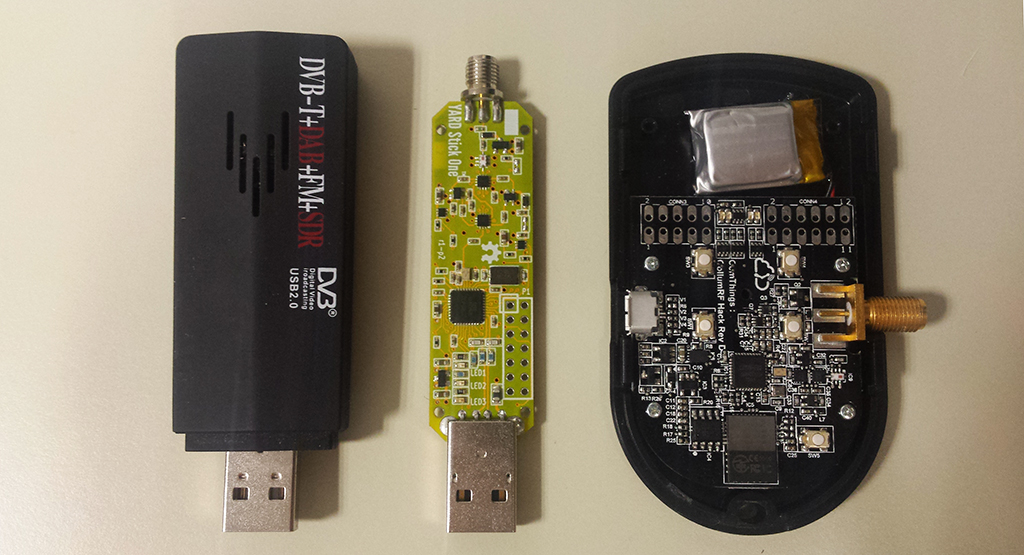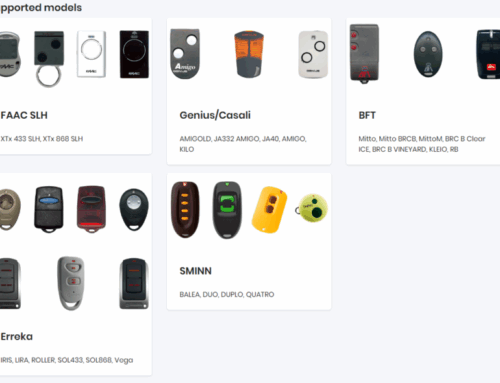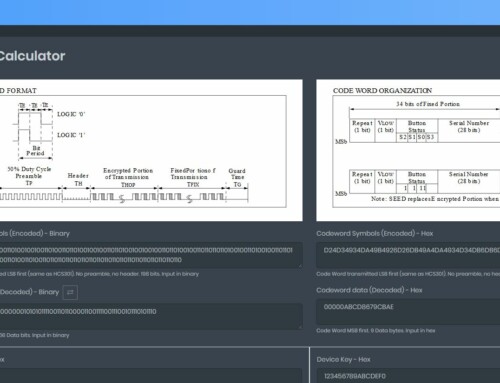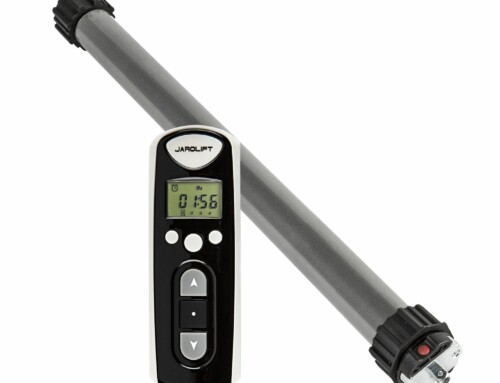I will try to explain here the main differences between these devices. Many of you already know all this, and in this case you can just skip to the end for PandwaRF-related information.
RTL-SDR
The RTL-SDR device is a USB dongle, originally dedicated to DVB-T TV, but which has a very interesting particularity: I/Q samples are sent directly over USB to the host.
This allows the I/Q demodulation to be made by the SW running on the host. In theory all the demodulations can be handled, assuming that there is enough computation power on the host CPU.
RTL-SDR cannot transmit data (but other SDR devices can).
The frequency range is very good (up to 2 GHz).
Various Software Defined Radio (SDR) software exists to drive your RTL-SDR (and other SDR), receive I/Q samples and display them nicely.
Yard Stick One
The Yard Stick One (YS1) is also a USB dongle, but YS1 is NOT a SDR. Not at all, not even close. It doesn’t send the I/Q samples to the host over USB.
These I/Q samples are directly demodulated by the chipset (Texas Instruments CC1111), and the demodulated data is then sent to the host.
Only 4 demodulation formats (ASK/OOK, 2-FSK, MSK, GFSK) are supported by this chip and the frequency range is not as good as RTL-SDR (up to 1 GHz, with some big gaps).
As opposed to RTL-SDR, the YS1 can also modulate and transmit data up to 500kbps.
Unlike RTL-SDR, YS1 is not compatible (AFAIK) with any SDR software (remember, the I/Q samples are not sent), but you can have something different (and I believe better): RfCat.
RfCat is the addition of a Python script running on a Linux host and a firmware running on the CC1111 CPU (a low power 8-bits Intel 8051).
RfCat allows you to easily drive the YS1 with a high level language (Python) and abstracts a lot of the complexity of the RF chip, making it usable even by dummies.
You still have to know a bit about modulation, bandwidth and all these strange concepts 😉 But that’s pretty much all.
Best of all, RfCat is pre-installed on the Yard Stick One, with an USB bootloader to update the FW.
Both RTL-SDR and Yard Stick One require a USB host to provide power, send commands and receive data.
PandwaRF
PandwaRF is derived from Yard Stick One but with many components & features added.
PandwaRF has the same RF capacities as YS1. But in addition to the USB-only communication of the YS1, PandwaRF can also exchange data over Bluetooth Low Energy.
So while YS1 is only controlled by a Linux host, PandwaRF can also be controlled by a smartphone.
The PandwaRF Graphical User Interface is simple and it globally has less fine tuning capacities than what you can do with a Python script, but what requires a script with RfCat/YS1 can generally be done using a dedicated page of the PandwaRF Android App: RX/TX, Brute Force, …
You can still use the RfCat Python scripts on Linux with the PandwaRF, but to compensate for the loss of Python on Android, we have added JavaScript support.
Best of all, while the YS1 and RTL-SDR require to be plugged to a USB computer in order to work, PandwaRF has a built-in rechargeable battery and works without any cable, using the BLE link to exchange data with its host.
- When you plug it into a Linux USB host, it is seen as a YS1.
- Unplug it and it will advertise in BLE as a PandwaRF again.
- Plug it in again into a Linux USB host, it is seen as – Ok you get it.
And, last but not least, PandwaRF is black, stealth, and with its panda eyes blinking in the night, it can scare to death any medium-sized bamboo (FW update for dealing with giant bamboos is ongoing) 🙂
Thanks for reading and happy holidays everybody!
| RTL-SDR | Yard Stick One | PandwaRF Bare | PandwaRF | |
|---|---|---|---|---|
| Amplifiers | No | Yes | Yes | Yes |
| TX/RX | RX only | TX/RX | TX/RX | TX/RX |
| Max bandwidth | 3 MHz | 800 KHz | 800 KHz | 800 KHz |
| Frequency range | 24-1800 MHz | 315 MHz – 433 MHz – 868 MHz – 915 MHz | 315 MHz – 433 MHz – 868 MHz – 915 MHz | 315 MHz – 433 MHz – 868 MHz – 915 MHz |
| Connectivity | USB | USB | USB/Bluetooth Smart | USB/Bluetooth Smart |
| Supported host OS | Linux/Windows/Android | Linux | Android/Linux | Android/Linux |
| Supported smartphone | USB | No | BLE or USB | BLE or USB |
| Battery | No | No | No | Yes |
| Enclosure | Yes | No | No | Yes |







